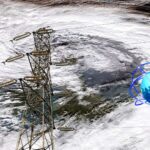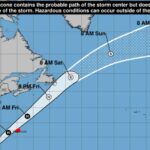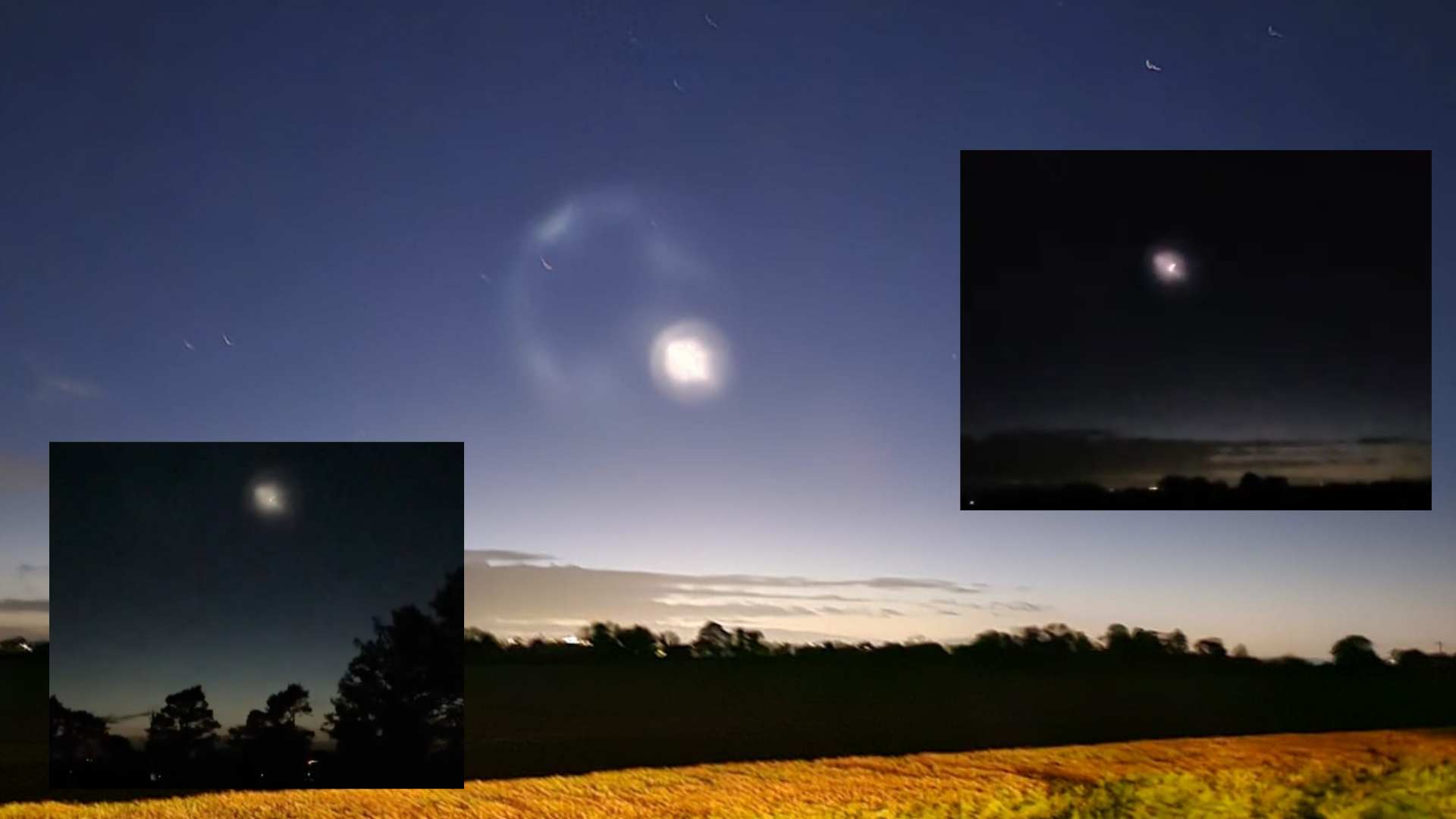
Half-Century-Old Solar Puzzle May Finally Be Cracked
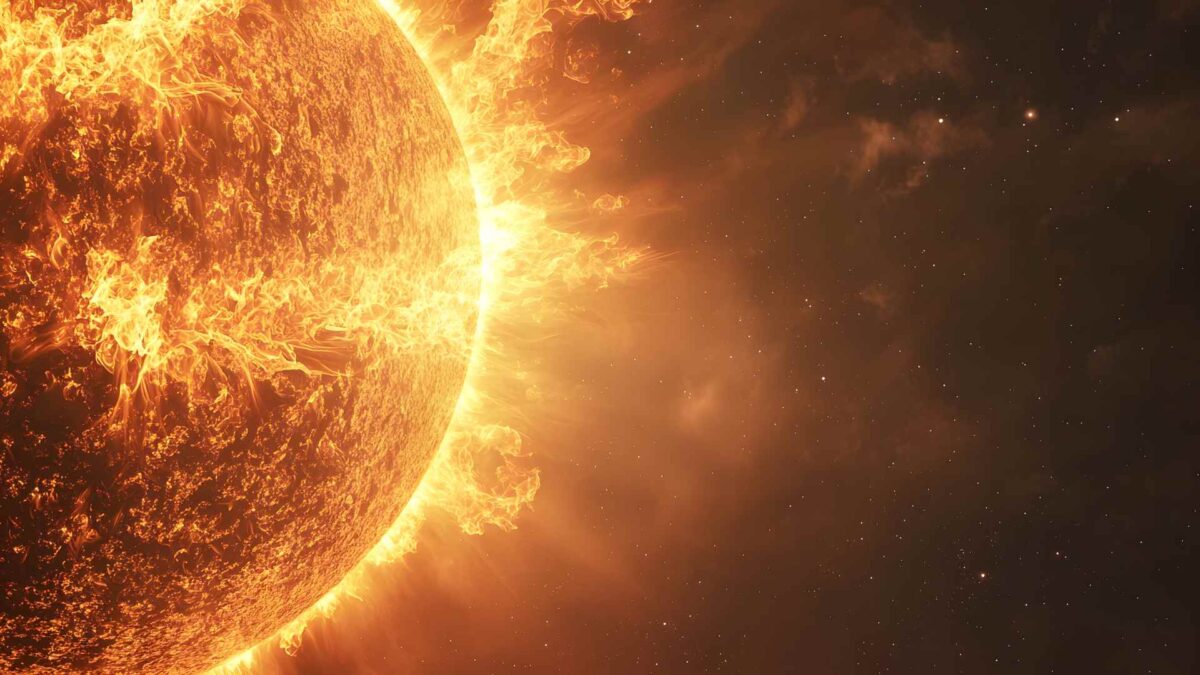
New research from the University of St Andrews suggests that particles in solar flares are 6.5 times hotter than previously believed, offering a possible solution to a 50-year-old mystery about the Sun.
Solar flares are sudden and massive releases of energy in the Sun’s outer atmosphere, heating regions to more than 10 million degrees. These events increase the flow of solar X-rays and radiation toward Earth, posing risks to spacecraft and astronauts and affecting the planet’s upper atmosphere.
The study, published today in Astrophysical Journal Letters, examined how solar flares heat plasma, the mixture of ions and electrons in the Sun, to extreme temperatures. The research shows that positively charged ions, which make up half of the plasma, can reach over 60 million degrees.
The team, led by Dr Alexander Russell, Senior Lecturer in Solar Theory at the School of Mathematics and Statistics, found that solar flares are likely to heat ions more strongly than electrons.
Dr Russell said: “Recent findings show that a process called magnetic reconnection heats ions 6.5 times more than electrons. This appears to be a universal rule observed in near-Earth space, the solar wind, and computer simulations. Until now, no one had applied this understanding to solar flares.”
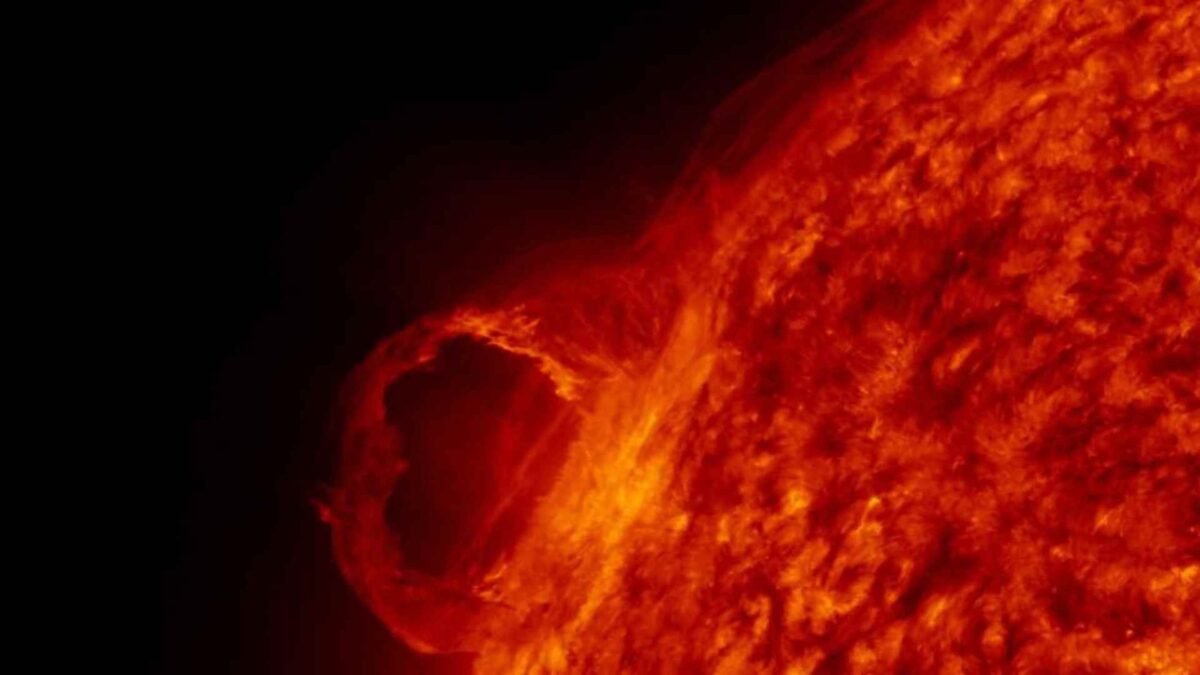
He added that solar physics has long assumed ions and electrons have the same temperature. “By re-examining the data, we found that significant temperature differences can last for tens of minutes in key regions of solar flares. This allows for the existence of super-hot ions for the first time.”
The findings also address a decades-old puzzle. Since the 1970s, scientists have wondered why flare spectral lines, which are bright features in extreme-ultraviolet and X-ray radiation, appear broader than expected. Earlier theories suggested turbulence was responsible, but this explanation has not been fully convincing. The new study proposes that the extreme temperatures of ions may account for much of the broadening, providing a fresh perspective on a mystery that has lasted nearly 50 years.
Share this WeathÉire story: